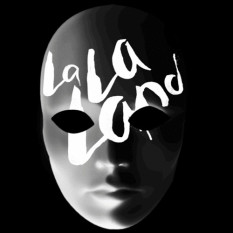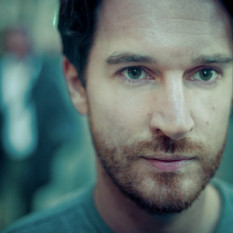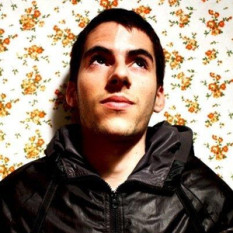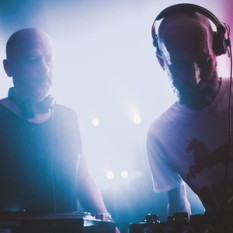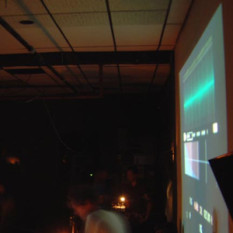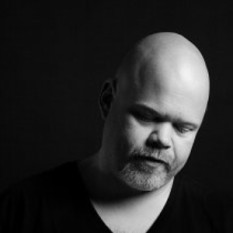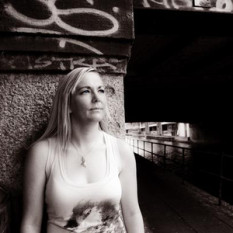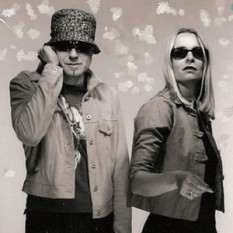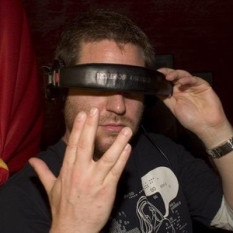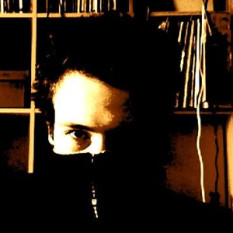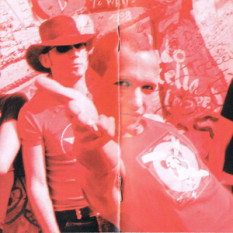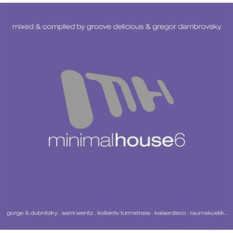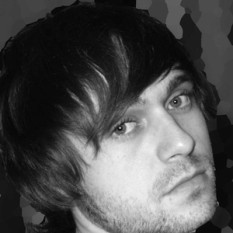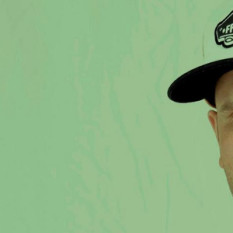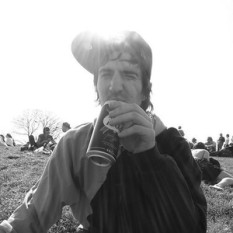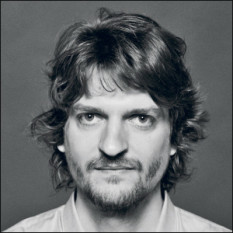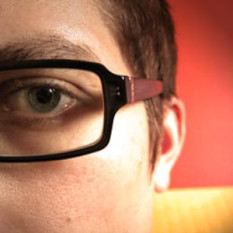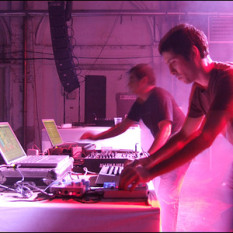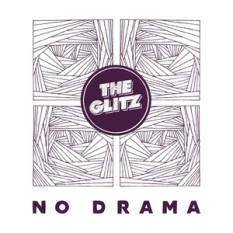Minimal House, also known as Microhouse, has its roots in the minimal techno, glitch (both developed in the early 90's), and house (developed in the mid-80's) genres of music. Its first echoes appeared in the glitch album by German experimental artist Oval, in 1993. Like many contemporary electronic genres, Microhouse has many influences, most notably techno and the "click and pop" garage house that has emerged from Yorkshire Bleeps and Bass (or "Bleep"), glitch and minimal techno. Contrasting with tech house, which is often thought of as 'house with techno melodic elements', microhouse is more aptly described as 'housey minimal techno' – a marriage of the funky and groovy backroom house elements with glitch and the driving, repetitive sound of techno.
The first microhouse track to gain mainstream popularity by a non-glitch artist was Isolee's 1999 anthem, 'Beau Mot Plage'. However, microhouse did not begin to rapidly build in popularity until the early 2000s with the advent of record labels such as Kompakt, Perlon, Spectral Sound, Fabric, Telegraph and Force Inc. The term microhouse is usually credited to music journalist Philip Sherburne, writing for the magazine The Wire in 2001, to describe, according to Stelfox, "the spectral, hypnotic interpretation of classic Chicago grooves emerging on labels such as Perlon, Kompakt, Playhouse, Ongaku, Klang Elektronik and the Mille Plateaux family of imprints-most notably Force Tracks and Force Inc- at the turn of the millennium."[1] .

